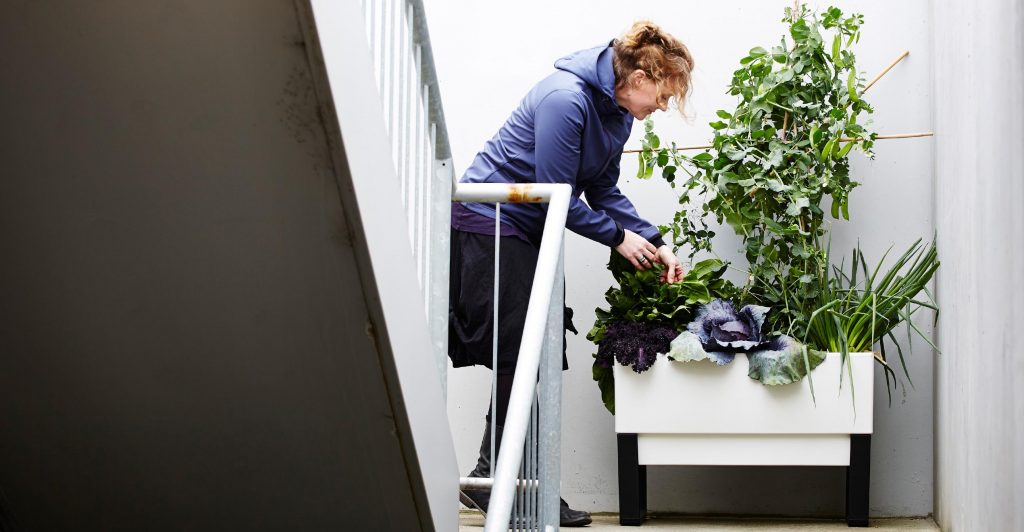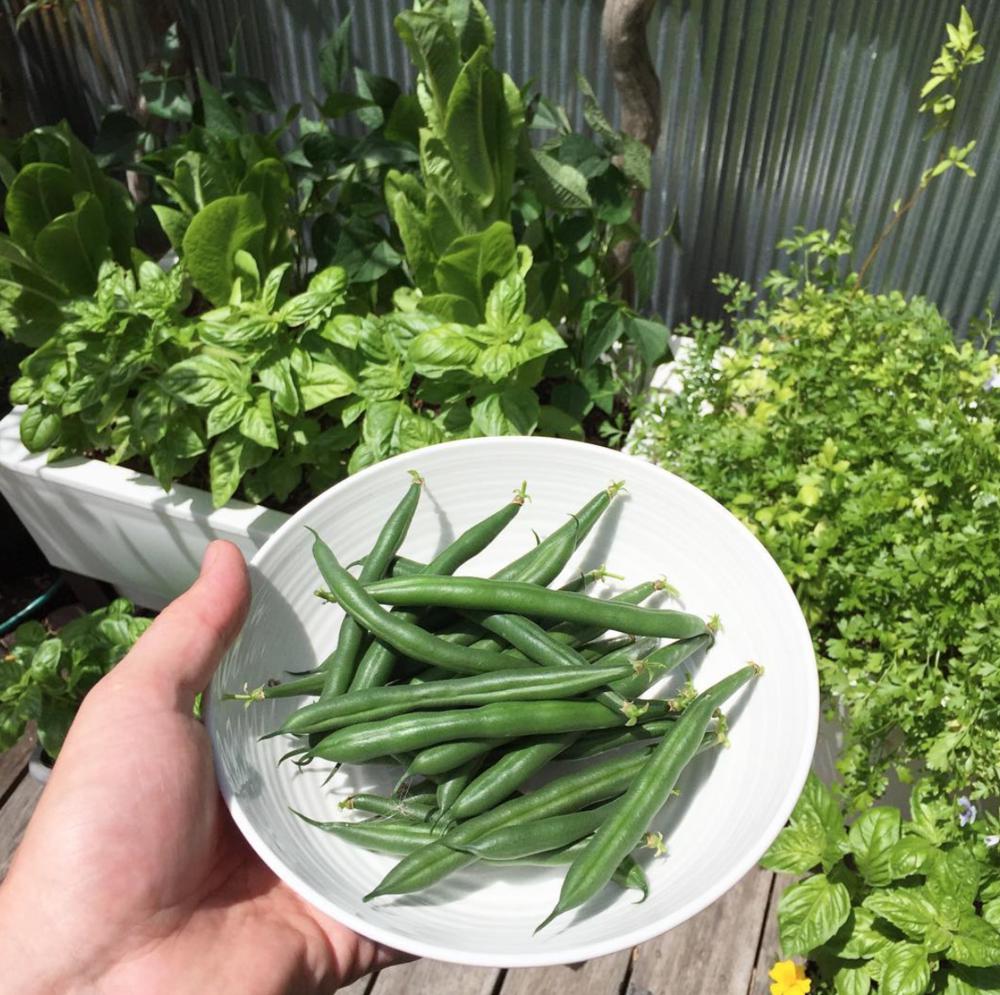Urban Lifestyle: Starting a Potted Vegetable Garden

Living in big cities has many perks but traditional gardening isn’t one of them. Urban dwellers who want to avoid buying fruits and vegetables at supermarkets and local farmers’ markets have to be creative and find a way to make use of their rooftops, balconies, and any other spaces they own. That’s how urban gardens are born.
Starting and looking after a potted vegetable garden can be a huge success if done with robust and big vegetable containers, nutrient-rich soil, a nice fertilizer, and some healthy seedlings. Most people don’t know that a large number of vegetable plants thrive well in vegetable planter boxes, including lettuce, beet, kale, spring onions, and green beans. All of these delicious and extremely healthy veggies can be easily grown both indoors and outdoors.
When it comes to picking your first vegetable containers, experienced gardeners say that newbies ought to begin their potted vegetable garden project with large planter boxes because they hold more soil and thus hold moisture for a longer period of time. This means that you won’t have to water your veggies very often.
If your daily schedule is super busy and you fear your plants might get sick or die of thirst (inconsistent moisture can cause lots of issues, such as poor root development, leaf curling, insect problems, and rot), you should consider buying self-watering vegetable containers. They are designed for urban balconies and patios and extend the time between two watering sessions.
The soil is another immensely important piece of this puzzle. Experts say that filling the vegetable planter boxes with soil from your garden or bagged topsoil is a huge mistake. You should look for a potting mix made for containers or create your own vegetable container garden mix by blending equal parts of peat moss or mature compost, sterile garden loam, and clean builder’s sand.
Fertilizers should also be on your shopping list because with their help your potted veggies will perform much better. The three key elements required for healthy growth of plants are nitrogen (N), potassium (K), and phosphorus (P). Nitrogen promotes the growth of leaves, potassium is needed for flowering and fruiting, and phosphorus promotes strong root growth. However, you need to know that overfeeding and thus killing your vegetable plants is possible which is why I advise you to consult with an expert about the type of fertilizer you should choose for your veggies as well as how often it needs to be applied.



No Comments